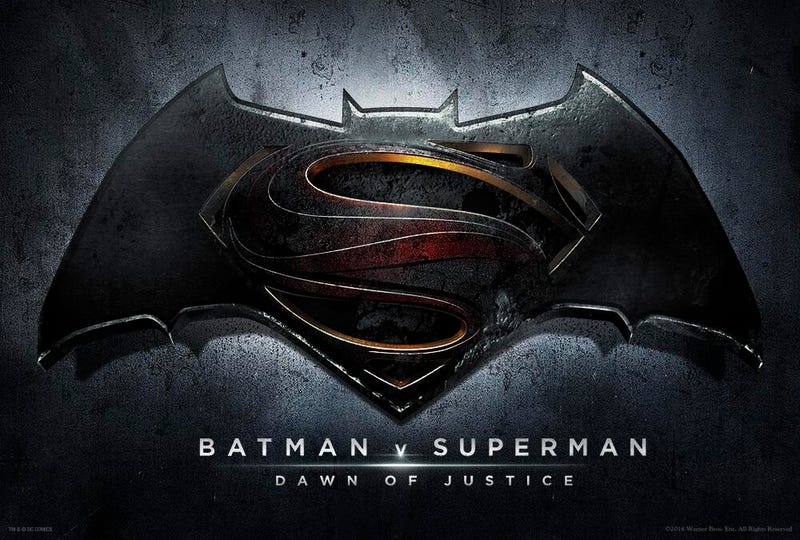Director Zack Snyder swings big with “Batman V Superman: Dawn of Justice”. Unfortunately he only lands a base hit.
"Batman V Superman: Dawn of Justice” is like receiving a bad Christmas gift from a loved one. You know they spent time and money trying to give you something awesome, so you try to put on a smile for them as to not hurt their feelings.
The only place one percent equals one hundred percent is the DC cinematic universe helmed by Zack Snyder. The dichotomy of Batman, The World’s Greatest Detective inability to do math yet “Dawn of Justice” also delivering the most dynamic Caped Crusader in terms of fight choreography and photography is a microcosm of the failings of this film.
There are moments that will make audiences smile and cheer during “Batman V Superman”. Unfortunately there is not enough of them in this 150 minute slog of a blockbuster.
There are some bright spots in the film like every time Wonder Woman graces the screen and when Batman dispenses with a warehouse full of criminals. However one expects more from a film with the resources Mr. Snyder had at his disposal.
What’s surprising is a film that tries so hard to fill every frame with gravitas does not have many moments that makes the viewer swell with emotion. One would expect the contrary from a film that
borrows so heavily from mythology and theology.
Instead of embracing the modern mythology that are comic book super heroes Zack Snyder creates a nihilistic noirish world devoid of humor and joy. In this world the spectacle of super heroes does not illicit joy but rather fear and carnage.
Warner Brothers is hell bent on setting their universe apart from Marvel Studios tonally.
“Batman V Superman” is so grim and serious it does not even have an end credit stinger despite movie goers’ coming to expect them at the conclusion of comic book movies.
Ironically the final scene before the credits would have actually been a great post credit stinger. Zack Snyder probably thought a post credit stinger would undermine the serious tone of his film. After all Zack Snyder is fond of saying, “This isn’t your daddy’s superman.”
“Batman V Superman: Dawn of Justice” and the Zack Snyder film “Watchmen” are both films that are so faithful to their comic book source material they bring entire panels to life. Despite their faithful adaptations both films do not achieve cinematically what the source material achieved in the world of literature.
Zack Snyder captures images beautifully but he can’t fully articulate the nuance of the literature. His shots are gorgeous but not as dense with meaning as the literature they are based on. It is all style and no substance.
Taking several comic book storylines and merging them into one plot was successful in director Chris Nolan’s “Batman” trilogy. Unfortunately this methodology did not work well for “Batman V Superman”. The plot is bloated with too many plot threads and as a result none of them are served adequately.
“Batman V Superman” has been lavished with praise by fans at early screenings and shredded to pieces by most critics. Maybe the truth is somewhere in between?
It’s not the steaming dumpster fire that critics at the New Yorker and NPR hale it to be. But in the same breath it’s hard to call “Batman V Superman: Dawn of Justice” a good movie.
Art should make you feel something whether you love it or hate it. “Batman V Superman: Dawn of Justice” commits perhaps the biggest sin in art. Its art you just don’t care about.




